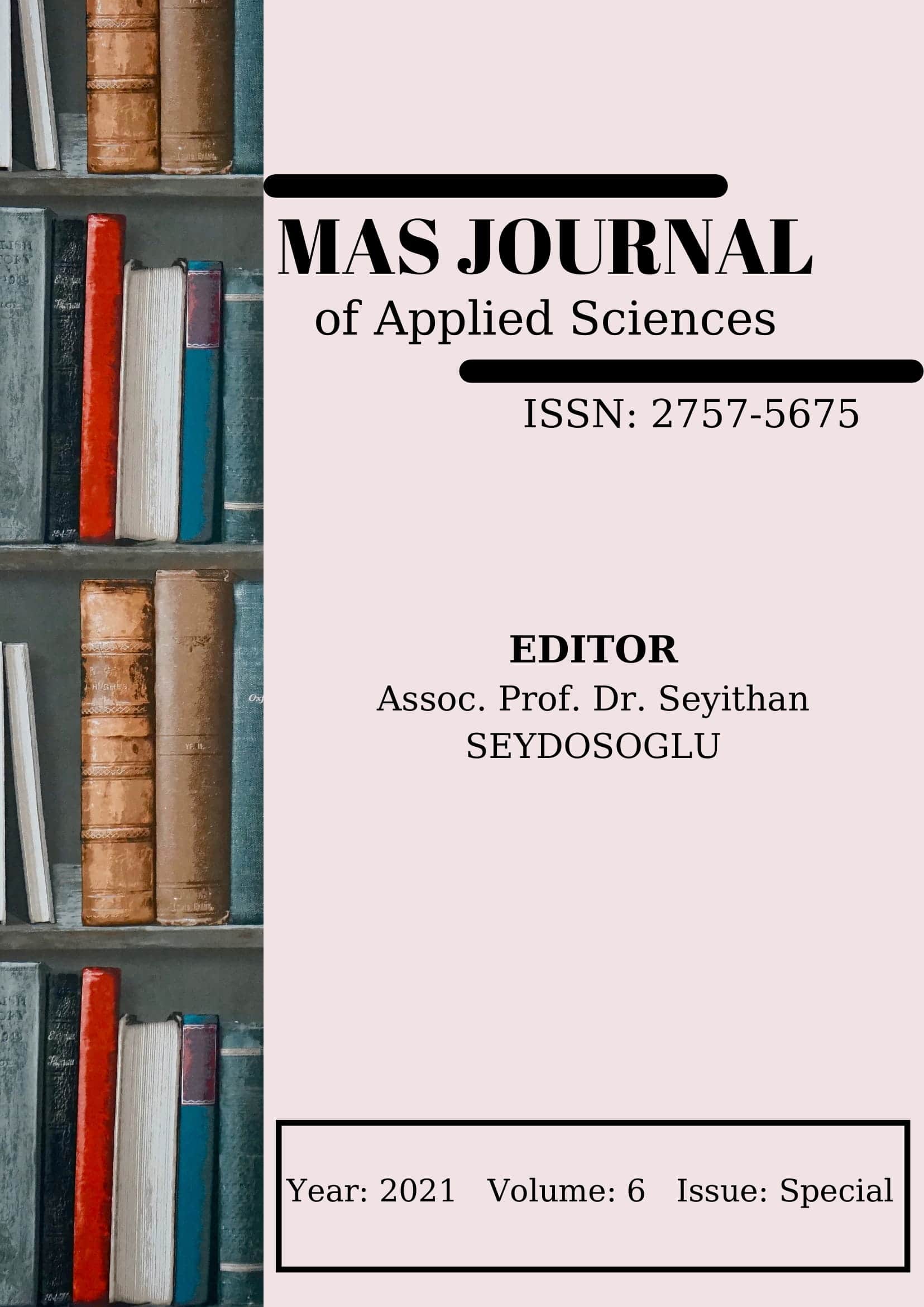The Effect of Silicon Applications on the Macro Element Content of Barley (Hordeum vulgare L.) in Lead Pollution
DOI:
https://doi.org/10.52520/masjaps.184Keywords:
Silicon, lead, barley, macro element, pollutionAbstract
Lead, which is an important actor in environmental pollution, also has negative effects on the development of plants. In this study, the effect of silicon applications on the macro element contents of barley (Hordeum vulgare L.) in lead pollution was investigated. It was carried out in three replications according to factorial experimental design in randomized plots under controlled conditions in the climate chamber. Four doses of lead (0-75-150-300 mg Pb kg-1) were administered in the form of PbNO3 and three doses of silicon (0-3-6 mM Si kg-1) were administered in the form of SiO2.H2O. Study was conducted for 8 weeks. At the end of this period, macro element analyzes were determined on the plants. At the end of the research, lead and silicon applications had a significant effect only on the nitrogen content at the P>0.01 level, while they had no effect on the phosphorus, potassium, calcium and magnesium contents. It was determined that the lead x silicon interaction had a significant effect on nitrogen and potassium contents. In the study, it was determined that a general increase in nitrogen, phosphorus, potassium and calcium contents was obtained with the increase of silicon applications, while a general decrease in nitrogen, potassium and magnesium contents, and an increase in phosphorus and calcium contents were observed with the increase of lead doses.
Downloads
Published
How to Cite
Issue
Section
License
Copyright (c) 2021 The copyright of the published article belongs to its author.

This work is licensed under a Creative Commons Attribution-NonCommercial 4.0 International License.


